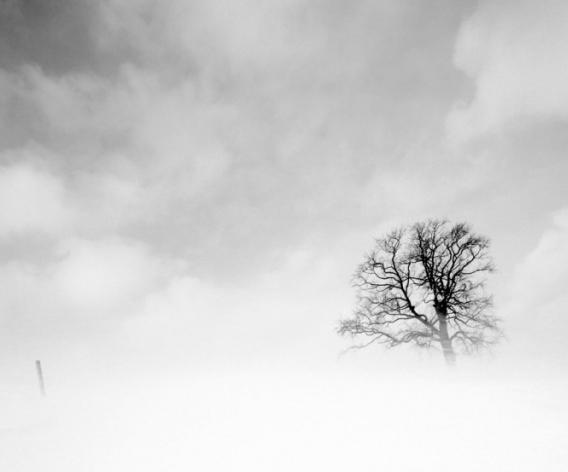Alliteration - what is this literary device, where is it used? The word "alliteration" itself has Latin roots and means "letter to letter." This is one type of repetition of sounds, namely consonants, usually at the beginning of words. Vowels attached to consonants may be repeated , but not necessarily. Thanks to this repetition, you can achieve a variety of sound effects. Howling storms, roar of waves, splashing water, evil laughter or tears of joy ... - there is no need to communicate them to the reader with the help of epithets. It is enough to use an example such as alliteration. The examples in the verses are very numerous, however, do not confuse alliteration with other types of repetitions. It involves the repetition of only the same or similar consonants, but not words or phrases.
A few examples of the successful use of alliteration
Skillful, that is, moderate use of alliteration is found in abundance in the poems of the classics. Very thinly felt this technique, for example, Pasternak. His famous poem “Winter Night” (“A candle burned on the table ...”) is one of the most striking examples. The repetition of the consonants "m" and "l", soft, rounded, enhances the feeling of endless snowstorm, and the sounds "t" and "k" allow you to convey the knock of shoes that fell to the floor. We can also see the repetition of the letter “l” in Blok’s poem “On valor, on exploits, on glory ...”. And if at Pasternak this helped to draw the image of a softly spreading universal snowstorm, then at Blok the repeated “l” gives the whole poem an unprecedented comforting smoothness - this is sadness about the past, which attracts, as before, but the suffering has already lost its severity.

Modern poets are often fond of decorative effects, and there are not so many examples of successful poems built entirely on such a technique as alliteration. What is it - unprofessionalism, lack of musical ear or soullessness? You can give different answers to this question, but in any case, alliteration is like a spice. It gives the poem taste and color, makes it lively and native, you want to repeat it and even hum, but its excess will make the dish overly sharp, and therefore inedible.
The opposite of alliteration is assonance. This is a repetition of vowels. Both of these tricks, of course, coexist perfectly in the same work.
Alliteration as a way to organize a poem
The answer to the question “alliteration - what is it?” Will be slightly different, if we are talking about other languages. In the Russian poetic tradition, alliteration, although it is the most important means of achieving a poetic sound, still plays a supporting role. In some cultures, alliteration is the main way to build a poem. For example, in ancient German, English and Icelandic poetry, alliterative verses were very widely used until the ninth century. There was no rhyme familiar to us, but at the end of each line there was a clear rhythm, which was set precisely by repetitions of consonants. The letters should have been the same before each major stressed syllable (of which there were two) in each line.
Alliteration in modern English
In English, alliteration is a more special case than in Russian. It is a question of repeating the same sounds only at the beginning of words. For example: Alice's aunt ate apples (Aunt Alice ate apples). This technique is widely used in tongue twisters, political slogans, advertising slogans, lyrics and even store names. Answering the question “alliteration - what is it?”, One can give such obvious examples to everyone, such as PayPal or Coca-Cola. Both names are sonorous and easy to remember. And all thanks to the repetition of consonants.
So what is alliteration? In the literature you can find very complex definitions. But everything is quite simple if you look at a few examples.